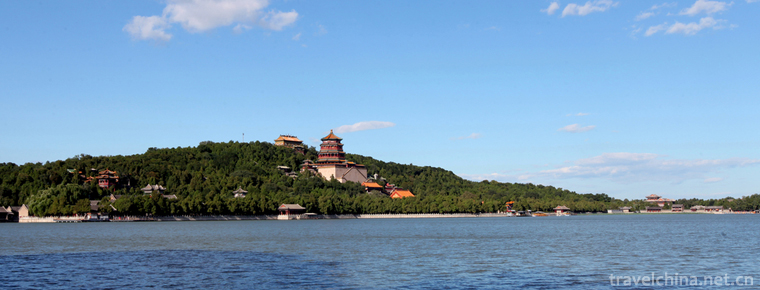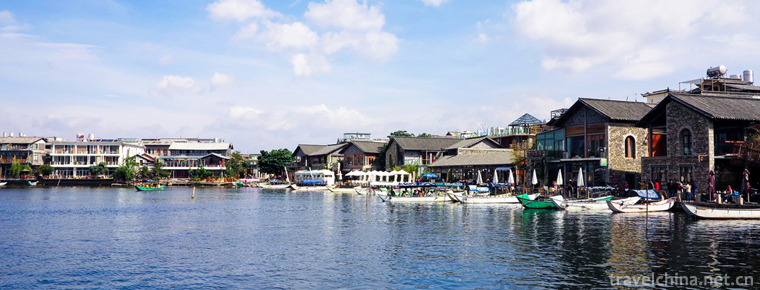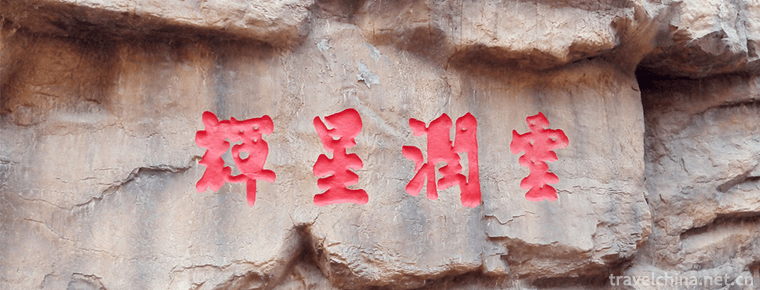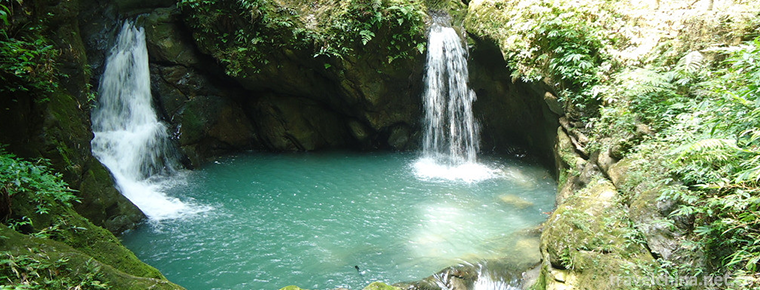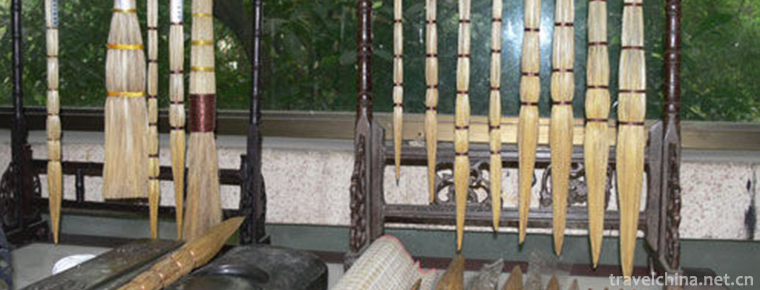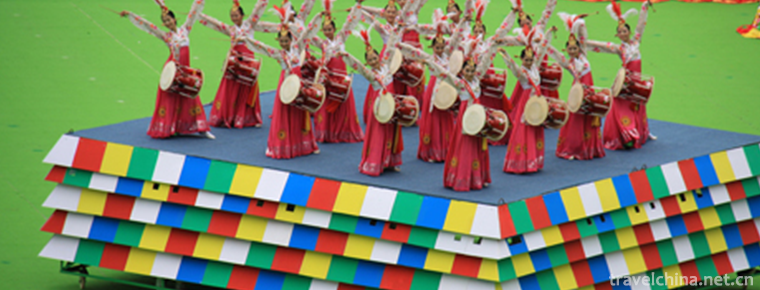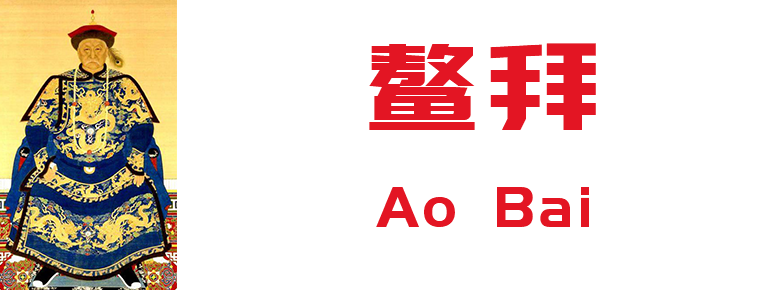Nadam
Nadam
Nadamu is Mongolian, also known as Nair. Nadamu is a Mongolian transliteration, meaning "entertainment, games" to express the joy of harvest. The Nadamu Congress is a traditional festival with a long history of the Mongolian people and occupies an important position in the life of the Mongolian people.
Every year in July and August, the "Nadamu" congress, held in the season of livestock fattening, is a cultural and recreational Congress held to celebrate the harvest. "Nadam" means entertainment or games in Mongolian. There were thrilling horse racing and wrestling, admirable archery, competitive chess skills, and fascinating singing and dancing at the Nadam Convention. Horse racing is also one of the important events at the conference. At the beginning of the competition, the riders lined up, each wearing colored belts and headbands, brimming with youthful vitality. Horse racing starts and ends with colorful flags, waiting for the horn to ring, riders will fly saddles, whip the horse, red scarves fly, such as arrows and arrows. The top five arrived at the destination and became the most praised health kid on the grassland. Archery, wrestling and other competitions also attract many herdsmen.
Nadamu, which starts on the fourth day of June of the lunar calendar every year for five days, is a grand occasion for the Mongolian people. The contents of the Nadam Municipal Congress are mainly wrestling, horse racing, archery, horse roping, Mongolian chess and other traditional ethnic events. In some places, there are sports such as track and field, tug of war, basketball and so on.
On May 20, 2006, Nadam was listed in the first batch of national intangible cultural heritage list with the approval of the State Council.
Historical Development
The Nadamu Congress is a grand gathering of the Mongolian, Ewenki and Daur minority peoples living in Inner Mongolia Autonomous Region and other places. "Nadamu" is a transliteration of Mongolian, meaning "entertainment" and "game". It is held in summer and autumn every year. During the congress, farmers and herdsmen from all over the country rode horses and drove cars with fur, medicinal materials and other agricultural and animal husbandry products. Groups of people gathered in the square of the congress. Coloured Mongolian yurts were set up on the green grasslands around the venue.
"Nadamu" is ancient and sacred in the heart of the Mongolian people. It has a long history. The earliest recorded activity of Nadamu was Genghis Khan inscribed on the rocky cliff in the Mongolian language of Wuwuer (ancient Mongolian) in 1225.
In the Yuan and Ming dynasties, archery, horse racing and wrestling competitions were combined to form three men's events, which formed the fixed form of the "Nadamu" competition.
In the Qing Dynasty, "Nadamu" gradually became an organized and purposeful recreational activity convened regularly by the government, and its scale, form and content developed more than before. At that time, the Mongolian princes held a "Nadamu" conference half a year, one year or three years in Sumu (quite a district), banner and League units, and awarded the winners of the competition with grades and titles. But at that time, owing to the dark box manipulation of the princes and nobles, the wrestlers, horse racers and archers of the princes often won the championship in Nadam Mu.
Origin of activity
Nadamu's predecessor is the Mongolian "Sacrifice to Aobao", which is the Mongolian nation in the long nomadic life, created and handed down with a unique national color of sports and recreation, sports.
Nadam has a long history. According to the stone inscription of Genghis Khan inscribed on the cliff, Nadam originated in the early days of the establishment of the Mongolian Khanate. As early as 1206 AD, when Genghis Khan was promoted as the Mongolian Khan, he held a "Great Hurley Gathering" between July and August every year to inspect his troops and maintain and distribute grasslands, bringing together the leaders of various tribes to express solidarity and friendship. Nadam is to be held for the harvest celebration. At first, only one event of archery, horse racing or wrestling was held. By the Yuan and Ming Dynasties, archery, horse racing and wrestling competitions were combined into a fixed form. Later, the Mongolian people also referred to these three sports as the basic project of Nadam for men.
During the Yuan Dynasty, Nadam Mu was widely developed in Mongolian grassland areas and gradually became a military sport. The rulers of the Yuan Dynasty stipulated that Mongolian men must have three basic skills: wrestling, horseback riding and archery. By the Qing Dynasty, Nadam had gradually become an organized and purposeful recreational activity convened regularly by the government. It was held half a year, one year or three years in units of Sumu (equivalent to township), banner and alliance. Since then, the Mongolian people have held Nadam every year.
In the past, large-scale sacrificial activities were carried out in Nadam. Lamas burned incense and lit lamps, chanted sutras and praised Buddhas, prayed for the blessings of gods, and relieved disasters. Nadamu's content mainly includes wrestling, horse racing, archery, Saibu, horse roping, Mongolian chess and other traditional ethnic events. In some places, there are sports competitions such as track and field, tug of war, volleyball, basketball and so on. In addition, there are martial arts, polo, horse riding, archery, horse chopping, horse race walking, horse riding skills, motorcycles and other wonderful performances in Nadam. The horse who takes part in the race must be trained specially. His four feet cannot leave the ground at the same time. He can only walk fast and cannot run fast. Night falls, the prairie is fluttering with the melodious and exciting harp sound, the young men and women singing and dancing by the campfire, and people are immersed in the joy of the festival.

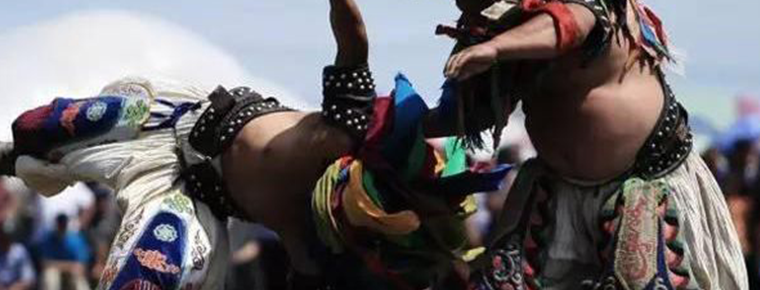
-
Shuanglang
located in the northeast of Dali City and the northeast coast of Erhai Lake.
Views: 242 Time 2018-10-17 -
Huaxia City Tourist Scenic Spot
Weihai Huaxia City Scenic Area belongs to Huaxia Cultural Tourism Group Co., Ltd. It is located in Weihai, a beautiful seaside resort city..
Views: 229 Time 2018-12-08 -
Black Valley Scenic Area
Black Valley, National AAAAA Tourist Scenic Spot, National Forest Park, National Geopark, China's Best Leisure Mountain, China's Best Green Low Carbon Tourist Leisure Spot.
Views: 142 Time 2018-12-12 -
Beihai Ocean Window
The Beihai Ocean Window is situated on the shore of the rich and beautiful Beihai Bay in China. It covers an area of 2.1 hectares and covers an area of 18,100 square meters. It consists of mysterious .
Views: 141 Time 2018-12-26 -
Dragon Pen Making Skills of White Shamao
The craftsmanship of the Dragon pen of Baishamao was originated by Chen Baisha, a famous calligrapher. It has a history of more than 500 years. Made of Maotao, a special product of Guifeng Mountain.
Views: 281 Time 2019-04-03 -
Korean Chief Inspiration
Long drum dance, also known as "stick drum dance", is a dance often danced by Chinese Korean people for self-entertainment and entertainment. Long drums have two sides.
Views: 137 Time 2019-04-16 -
Ao Bai
O Bai (about 1610) - 1669, Manchu: Oboi) Guwalgiya Manchuria is set in Huangqi banner. Mio Yuanhoon, Quan Chen, the son of Saul fruit of the tribal chieftain of the Qing Dynasty, the founding fathers .
Views: 235 Time 2019-09-11 -
Daci Temple
Daci Temple, also known as the ancient great saint CI temple, is located in the first section of Dongfeng Road, Jinjiang District, Chengdu City, Sichuan Province. It was built between the 3rd and 4th centuries AD, and is known as "the first jungle of the Sinian"..
Views: 99 Time 2020-11-05 -
Zhaohua ancient city
Zhaohua ancient city is located in Zhaohua Town, Zhaohua District, Guangyuan City, Sichuan Province. After that, Zhaochang county was renamed as Yichang county. Located at the confluence of Bailong River, Jialing River and Qingjiang River, the Jialing River flows here with Wancheng water system and natural Taiji. It has the reputation of "the world's first landscape Taiji" natural wonder..
Views: 128 Time 2020-11-08 -
Notice for visiting Chengdu Giant Panda Base
Please don't make any noise. Don't make any abnormal or sharp sounds, which will disturb the wild animals. Giant pandas and other animals naturally like quiet environment and are sensitive to noise. In order to ensure the effect of your visit, please respect their living habits and keep a quiet environment..
Views: 73 Time 2020-12-13 -
Deyang Deyang transportation
By the end of 2018, the total mileage of Deyang highway was 8345.2 km, including 7861.0 km of grade highway, accounting for 94.2% of total highway mileage; 655.8 km of high-grade highway and 205.5 km of expressway. The railway operating .
Views: 239 Time 2020-12-14
